Randall S. Lindstrom - Kenosis Creativity Architecture: Appearance through Emptying
Here you can read online Randall S. Lindstrom - Kenosis Creativity Architecture: Appearance through Emptying full text of the book (entire story) in english for free. Download pdf and epub, get meaning, cover and reviews about this ebook. year: 2021, publisher: Routledge, genre: Religion. Description of the work, (preface) as well as reviews are available. Best literature library LitArk.com created for fans of good reading and offers a wide selection of genres:
Romance novel
Science fiction
Adventure
Detective
Science
History
Home and family
Prose
Art
Politics
Computer
Non-fiction
Religion
Business
Children
Humor
Choose a favorite category and find really read worthwhile books. Enjoy immersion in the world of imagination, feel the emotions of the characters or learn something new for yourself, make an fascinating discovery.
- Book:Kenosis Creativity Architecture: Appearance through Emptying
- Author:
- Publisher:Routledge
- Genre:
- Year:2021
- Rating:5 / 5
- Favourites:Add to favourites
- Your mark:
Kenosis Creativity Architecture: Appearance through Emptying: summary, description and annotation
We offer to read an annotation, description, summary or preface (depends on what the author of the book "Kenosis Creativity Architecture: Appearance through Emptying" wrote himself). If you haven't found the necessary information about the book — write in the comments, we will try to find it.
Kenosis Creativity Architecture locates and explores creativitys grounding in the ancient concept of kenosis, the emptying that allows creativity to happen; that makes appearance possible.
It concretises that grounding through architecturea primal expression of human creativitycritically examining, for the first time, kenotic instantiations evidenced in four iconic, international projects; works by Kahn, Pei, Ando, and Libeskind. Then, in a final turn, the potentiality of architectures own emptying is probed. Architect and author Randall Lindstrom draws on Western and Eastern philosophy, including that of Heidegger, Levinas, Derrida, Vattimo, Nishida, and Nishitani, as well as on the theology of Christianity, Judaism, and aspects of Buddhism, Hinduism, and Islam. Every chapter expands the argument that, if responsiveness to our world is taken seriouslyif proper and sustainable responses are to be realisedthen a deeper understanding of creativity, and so kenosis, is essential.
This book opens-up a way of thinking about creativity and humanitys readiness to be creative. It thereby presents a crucial enquiryat the nexus of architecture, philosophy, and theologyfor researchers, graduate and postgraduate students, and practitioners alike.
Randall S. Lindstrom: author's other books
Who wrote Kenosis Creativity Architecture: Appearance through Emptying? Find out the surname, the name of the author of the book and a list of all author's works by series.

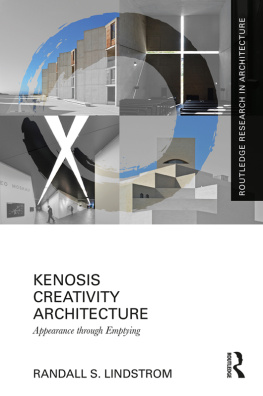

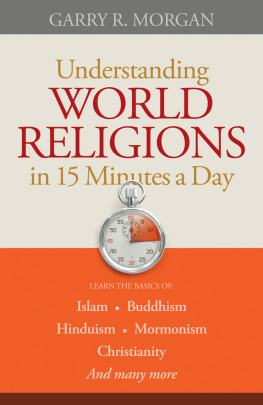

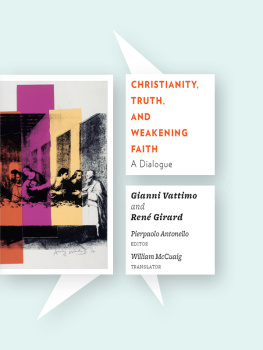

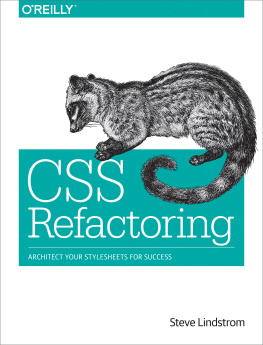
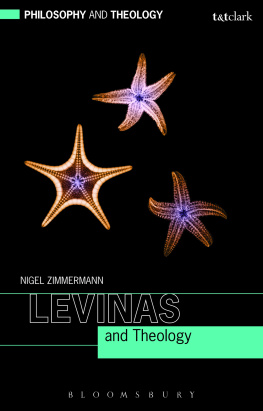
![Steve Lindstrom [Steve Lindstrom] - CSS Refactoring: Tune Your Style Sheets for Performance](/uploads/posts/book/119143/thumbs/steve-lindstrom-steve-lindstrom-css.jpg)
